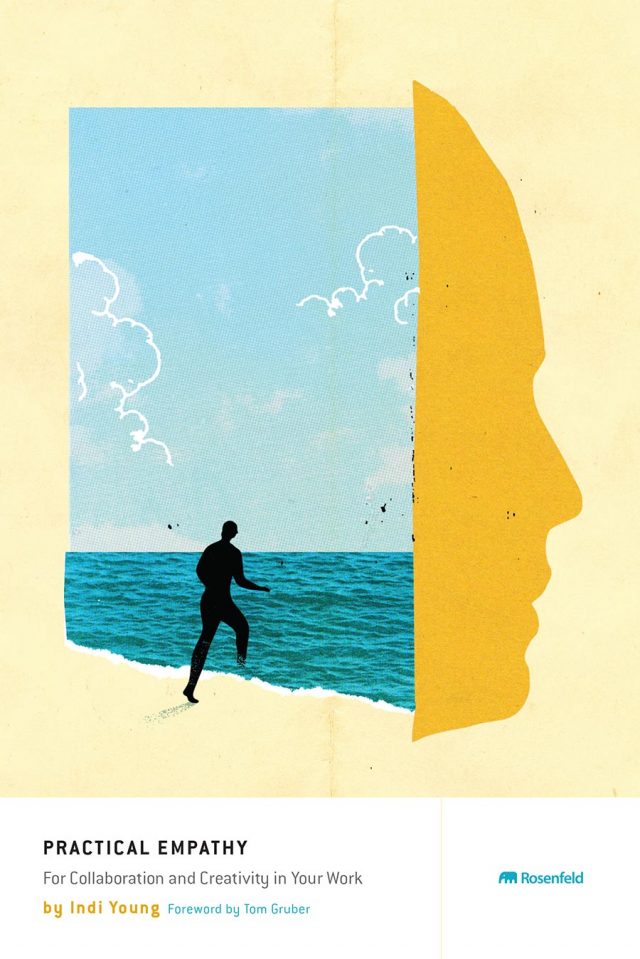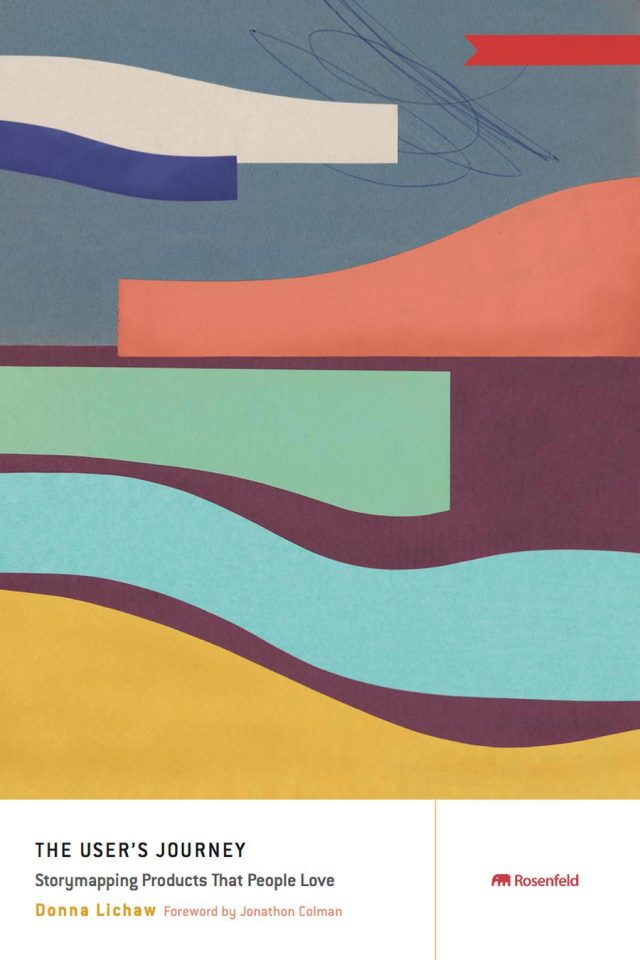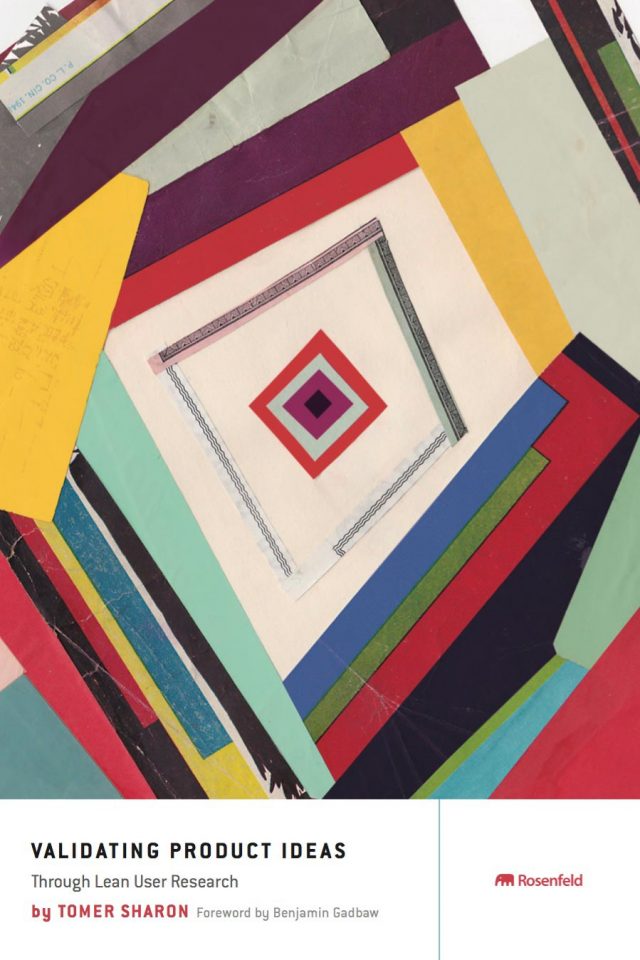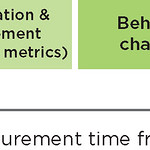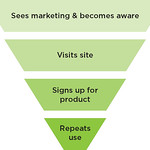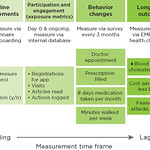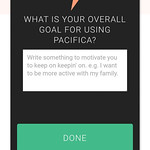An incredibly comprehensive and intelligent guidebook for designing products and services that change people’s lives.
—Nir Eyal, bestselling author of Hooked and Indistractable
Engaged demystifies the psychology behind behavior change and offers practical methods and examples for applying it to product design. A worthwhile introduction for anyone trying to help users achieve health, financial, or other goals.
—Kim Goodwin, author of Designing for the Digital Age
Engaged draws from the latest science on behavior change and compelling examples to teach design professionals to create world-class products that make big impacts on users’ lives. Clearly written and well-researched, Engaged is a great addition to any designer’s toolkit.
—Scott Sonenshein, Rice University professor and bestselling author of Stretch and Joy at Work
Amy’s book is shockingly practical, showcases the impact of behaviors on design in practice, and provides clear tips and approaches you can immediately employ to benefit your work.
—Alyssa Boehm, user experience executive
Bucher proves in this step-by-step guide that behavior change design is valuable to all areas of design.
—Lis Pardi, Experience Design Manager, Toast
Interest in behavioral economics has exploded in recent years as product teams strive to empower people to achieve meaningful goals. For all on that journey —entrepreneurs, intrapreneurs, product managers, designers, researchers, engineers—this is a comprehensive playbook that translates behavioral economic theory into practical, actionable, and ethical design techniques.
—Jen Cardello, VP, Head of UX Research & Insights, Fidelity Investments
I have witnessed large audiences of people be mesmerized by Amy Bucher’s presentations on digital health and behavior change design. She makes the topic approachable bringing academic theory to life through relevant examples and actionable insights. This book proves to be an essential guide for digital health innovation, moving beyond shiny objects to define what will truly deliver engagement and improved outcomes.
—Amy Heymans, co-founder and Chief Experience Officer of Mad*Pow
A book is only as good as the behavior it changes, and in this practical guide, Bucher focuses on combining rigorous application with an approachable voice. The product of over a decade of experience across a variety of domains, Engaged is a unique contribution that is well worth reading for anyone who wants to create change in the world, particularly in a digital medium.
—Matt Wallaert, author of Start at the End: How to Build Products That Create Change




